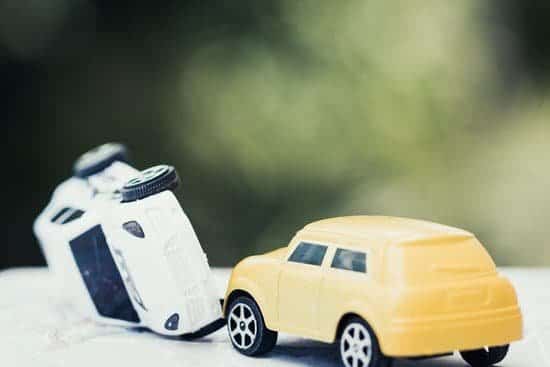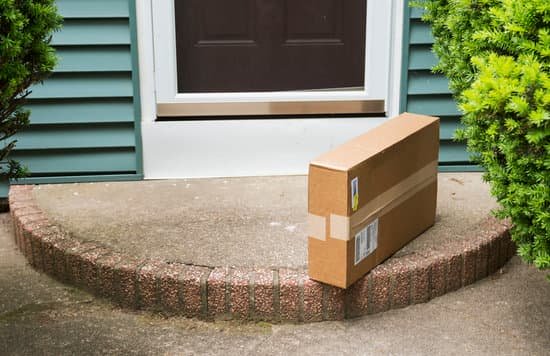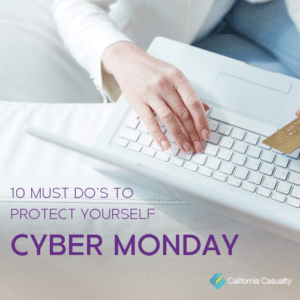
Preparing Your Home for Holiday Guests
No doubt, one of the best parts about the Holiday Season is gathering and spending time with close family and friends, but when you are the host it can become a bit stressful.
With the holidays coming up soon, here are a few last-minute tips to help you and your home become guest-ready in a matter of hours!
Declutter
Or at least declutter public areas. There is no need to go all out and scrub every inch of your house from top to bottom (but if you want to, go for it!). Just make sure public areas, entryways, bathrooms, and guest rooms are clean and ready to be seen by dusting and packing away all unnecessary items.
Pro Tip: consider donating the items you find that you barely use.
Make Sure You Have Enough Seating
Your guests probably won’t want to stand all night, so make sure you have seating to accommodate at least the majority of them. If you are low on space, it may be wise to invest in some extra barstools or fold-out chairs that could be used in multiple places, like the living area and the kitchen.
Have a Plan for Your Pets
An abundance of guests can make even the calmest pet anxious. Anxiety can trigger the fight or flight response and your pet may feel no choice, but to act aggressive or try to escape. Before your party starts make sure you have a plan in place for your pet, whether that be putting them up the entire night in a separate room or leaving them gated out in a designated area.
Add Light
Christmas Lights are easy décor that can brighten up space and make it look festive and inviting all in one. Just be sure you don’t have cords everywhere that could cause your guests could trip! Another quick and easy light source is a candle. Find a perfect Christmas scent and let it burn all night in a safe space away from flammable objects.
Stock Your Fridge
Make sure you have enough items that will please every guest. This doesn’t mean cook for everyone individually, it could be as simple as getting an assorted meat and veggie tray or cooking one entrée and having your guests bring side dishes and desserts. Don’t stress out and feel like you have to feed an army by yourself, as long as there is variety people will be happy.
Pro Tip: stock up on coffee.
Make Extra Supplies Easily Accessible
Get out your extra cups and silverware days before guests arrive, that way you aren’t scrambling to make sure you have enough supplies. Set out extra pillows and blankets in guest rooms and place towels and toiletries out in the open, so they can be found easily by guests. This way there is no confusion at the end of the night when everyone is settling in.
Play Background Music
Nothing is worse than an awkward silence, so keep the party going- even when the conversation stops- with some Holiday-themed Background music. Pull up Spotify on your phone and play it through your TV or any Alexa Device and you are good to go. We even have a Holiday Playlist already created for you! Visit: https://spoti.fi/2r1wIZk
Lastly, make sure you have personal liability coverage. Most people assume that their home insurance will provide all the liability coverage they need in case a guest has an accident on their property, but this isn’t always true. Personal liability umbrella insurance gives you an extra layer of insurance protection. This can be critical if someone is injured in your home or on your property.
Hosting can be hectic, so don’t be afraid to ask for help! Holidays should be cherished, not dreaded.
Happy Holidays, from all of us at California Casualty!
This article is furnished by California Casualty, providing auto and home insurance to educators, law enforcement officers, firefighters, and nurses. Get a quote at 1.866.704.8614 or www.calcas.com.




